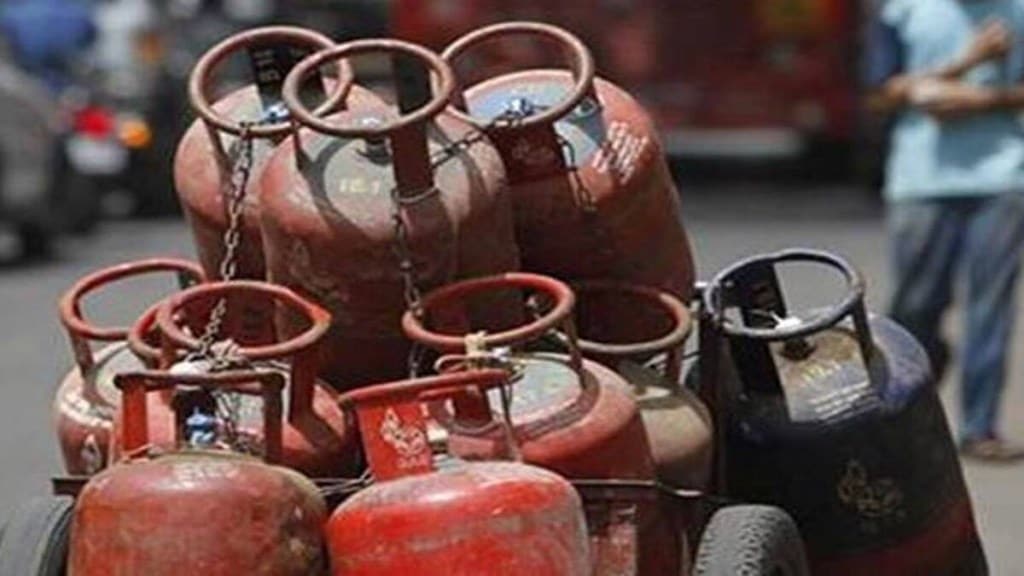After the rise in the number of subsidised LPG refills during the pandemic year FY21, thanks to the government’s decision to support three free refills year, the number of subsidised bottles availed by the Pradhan Mantri Ujjwala Yojana (PMUY) has fallen again.
The average number of refills rose from 3 bottles in a year in FY19-FY20 to 4.4 in FY21, but fell to around 3.7 in the subsequent two years, according to government data.
Though this is reflection of the stagnant income levels among the beneficiaries, a section of the smaller households may not need more than 4 refills a year.
Of the 95.9 million beneficiaries under the PMUY, 11.8 million or 12% did not avail a single LPG bottle during the last financial year, minister of state of petroleum and natural gas Rameswar Teli informed the Rajya Sabha on Monday.
Others availed less than four bottles of cooking fuel during the year despite the government’s subsidy of Rs 200 per bottle for up to 12 bottles a year. The price of unsusidised domestic bottle (14.2 kg) in Delhi stood at Rs 1,103 in April 2023.
“As on July 1, 2023, there are about 95.9 million PMUY beneficiaries, out of which 84.1 million have taken at least one refill during 2022-23,” Teli said.
The scheme, aimed at providing deposit free LPG connection to adult woman member of poor households across the country, was launched in 2016. The target to release 80 million connections was achieved in 2019. The second phase, Ujjwala 2.0, added 16 million additional beneficiaries.
“Per capita consumption of PMUY beneficiaries (in terms of number of 14.2 kg LPG cylinders taken per year) has increased from 3.01 (FY 2019-20) to 3.71 (FY 2022-23),” petroleum and natural gas minister Hardeep Singh Puri said in reply to a separate question.
The number of total refills taken by PMUY beneficiaries has risen from 159.9 million in 2018-19 to 344.8 million in 2022-23.
The ministry said that the consumption of domestic LPG by households depends on several factors like food habits, household size, cooking habits, price and availability of alternate fuels.
“Traditionally, rural population in India had been mainly using fuels such as firewood, coal, cowdung, kerosene etc. for domestic cooking. It was primarily, due to issues relating to affordability, accessibility, and awareness. These traditional cooking fuels however cause significant harm to health and environment,” Teli said in a different reply.
The government has taken several steps to encourage consumption of LPG, including the subsidy that was extended for a year last March, he added.
Overall, there are 315 million domestic LPG consumers across the country covering 105.1% of estimated households based on Census 2011. As Census 2021 has not been conducted, updated number of households in the country are not available, the ministry informed.
India imports more than 60% of its domestic LPG consumption. During 2020-21 to 2022-23, the average Saudi CP (international benchmark for LPG pricing) went up from $415 per million tonne (MT) to $712 per MT.
However, the increase in international prices was not fully passed on to Indian citizens, due to which the public sector oil marketing companies (OMCs) suffered under recoveries of about Rs 28,000 crore on sale of domestic LPG, the ministry said, adding that the government approved a one-time compensation of Rs 22,000 crore to OMCs in FY23.
The subsidy given by the government for domestic LPG connection has come down from Rs 37,209 crore in 2018-19 to Rs 6,965 crore in FY23. The subsidy amount includes the expenditure on connections given under PMUY.

